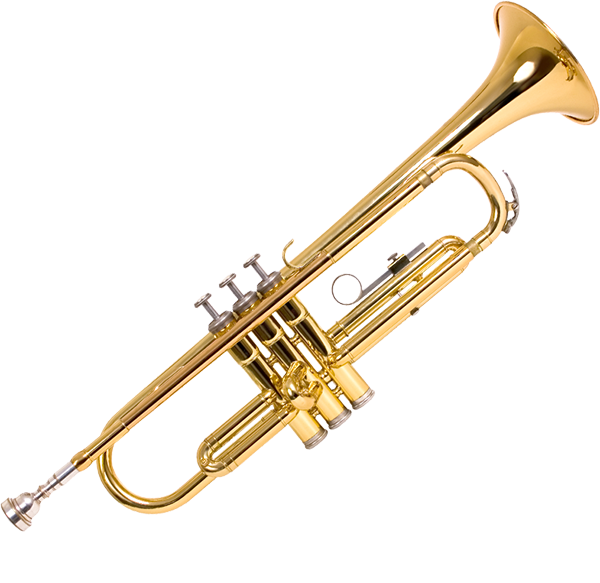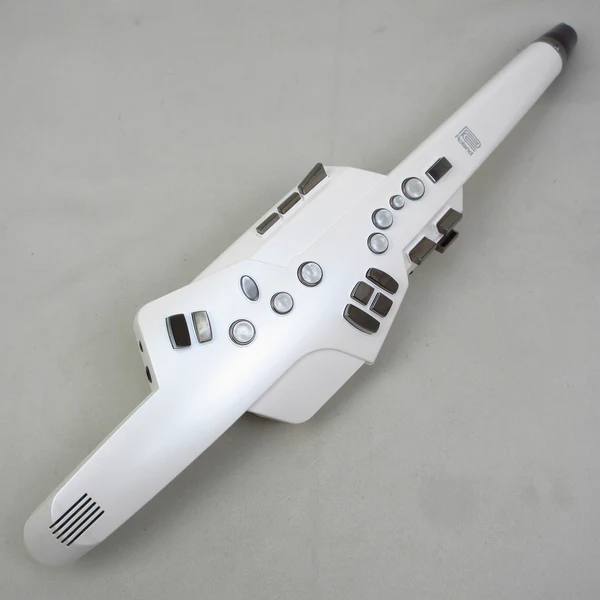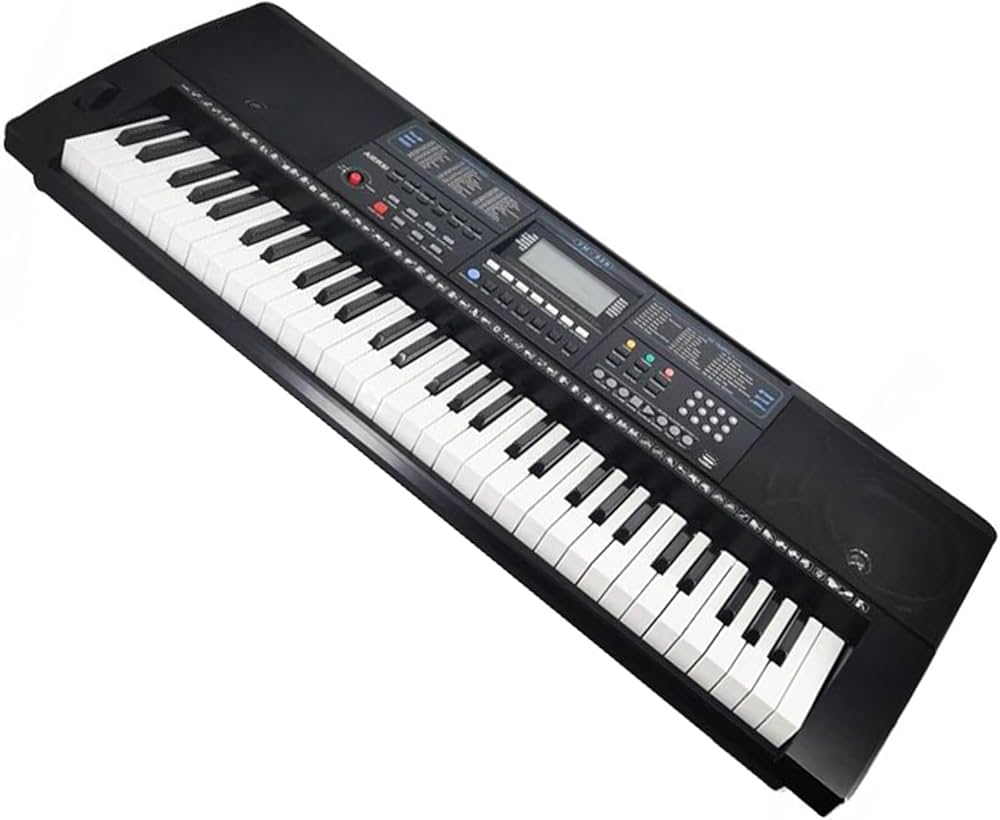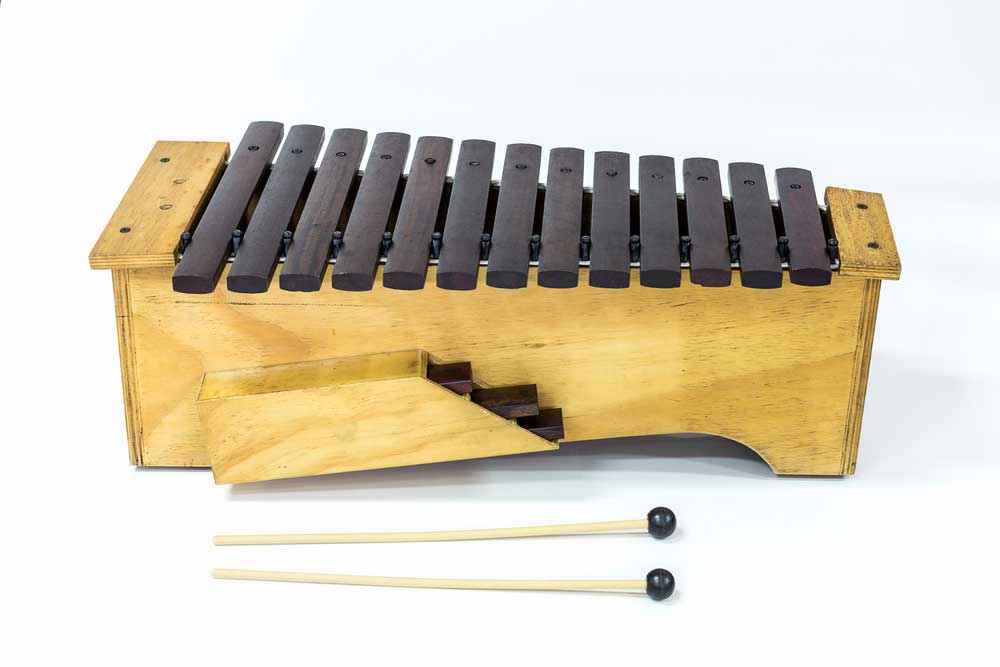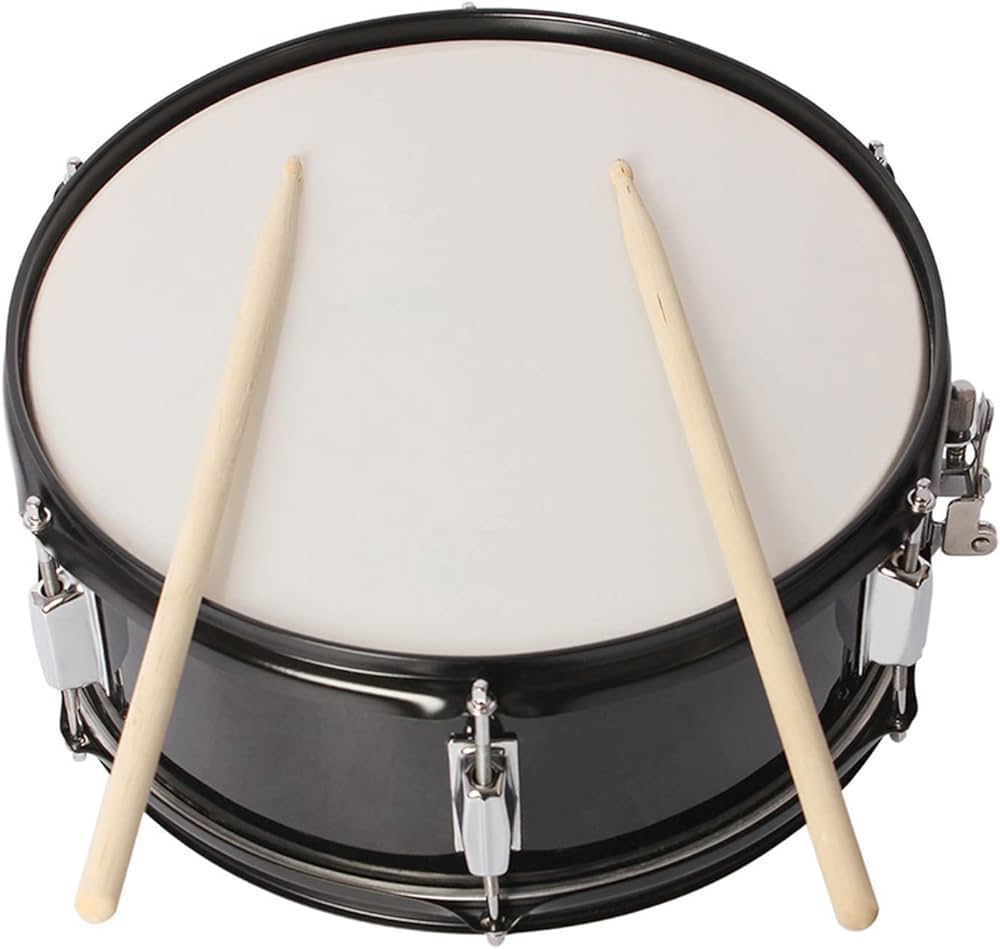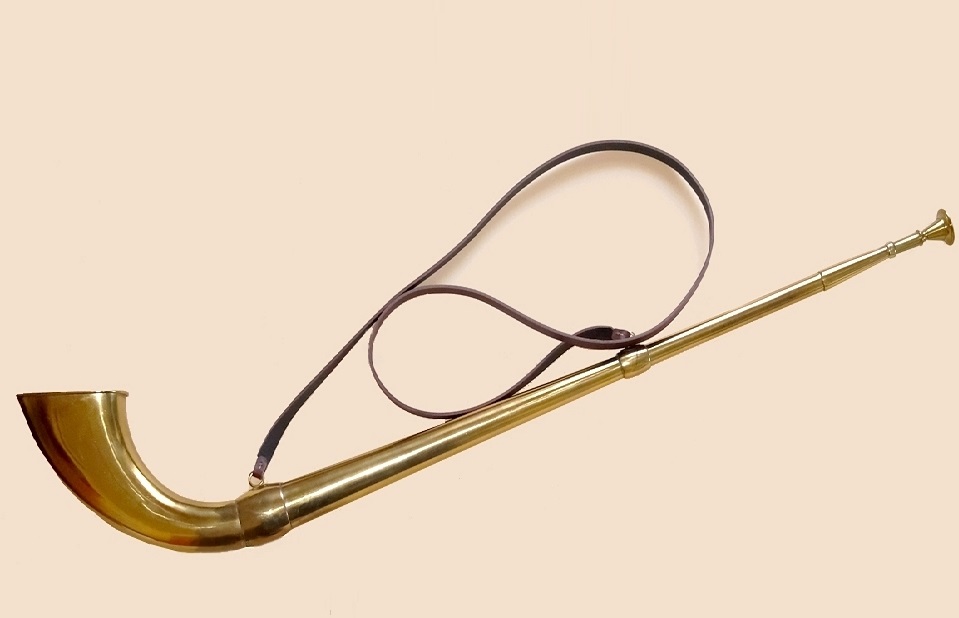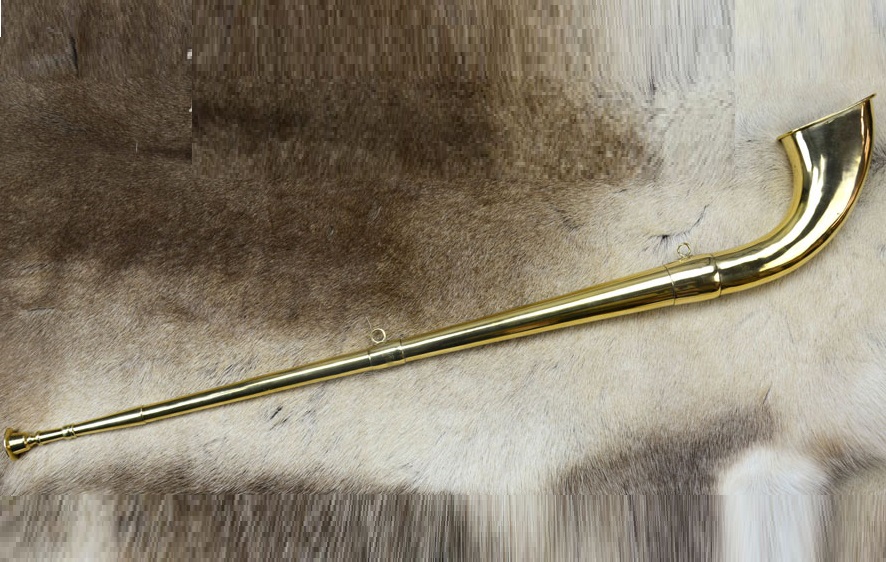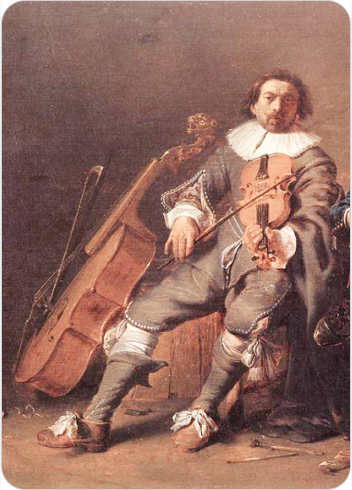Lituus
Brass Winds
Europe
Ancient
Video
The lituus is an ancient wind instrument with a rich history that spans several centuries and continents. It is primarily known as a brass instrument, though its construction and design have varied over time.
The lituus is characterized by its distinctive shape, which typically features a straight tube that bends at the end, resembling the letter “J.” This design is similar to other ancient instruments like the Gallic carnyx. The instrument was used for various purposes, including processional music, military signaling, and even in religious or ceremonial contexts. Its sound is described as deep and resonant, capable of producing both somber and triumphant tones depending on the context in which it was played. The lituus holds a unique place in the history of musical instruments, bridging the gap between ancient and medieval musical traditions.
Type of Instrument
The lituus is classified as a brass instrument, though its exact classification can vary depending on the period and region in which it was used. In antiquity, it was primarily a signaling horn, used by the Etruscans and later adopted by the Romans for military and ceremonial purposes. The instrument’s design evolved over time, with some versions featuring detachable mouthpieces and others being constructed from materials like wood or metal. In the medieval period, the term lituus was sometimes used to describe other instruments, such as the cornett or shawm, leading to some confusion about its exact nature. Despite these variations, the lituus is consistently recognized as a wind instrument with a significant role in both ancient and medieval music.
History of the Lituus
The history of the lituus is deeply rooted in the ancient civilizations of Europe, particularly among the Etruscans and Romans. The Etruscans, who inhabited the Italian peninsula before the rise of Rome, used the lituus as a ceremonial and signaling instrument. It was often depicted in processions, particularly funerary processions, and was associated with rituals and omens. The Romans adopted the lituus from the Etruscans, using it extensively in their military campaigns. It became a symbol of the Roman cavalry and was used to convey signals on the battlefield. The instrument’s use continued into the medieval period, though its design and purpose evolved over time. By the 17th century, the lituus had largely fallen out of use, though it was still employed by night watchmen in some parts of Europe. The lituus also appears in Baroque music, most notably in Johann Sebastian Bach’s cantata O Jesu Christ, meins Lebens Licht, where it is specified as an instrument in the score. This piece is the only known surviving work that calls for the lituus, highlighting its rarity and historical significance.
Construction and Design
The construction and design of the lituus have varied significantly over its long history. In its earliest form, the instrument was made of metal, typically brass, and featured a straight tube that bent at the end to form a “J” shape. This design allowed for a powerful and resonant sound, making it ideal for signaling and processional music. Some versions of the lituus, particularly those used by the Etruscans, had detachable mouthpieces, which allowed for greater versatility in playing. The Roman lituus, on the other hand, was often longer and more robust, designed to withstand the rigors of military use. In the medieval period, the lituus was sometimes constructed from wood, particularly in regions where metal was scarce. These wooden versions were often more elaborate in design, with intricate carvings and decorative elements.
The lituus used in Baroque music, as specified in Bach’s cantata, was reconstructed by modern researchers as a long wooden trumpet, approximately 2.5 meters in length. This version featured a straight, thin tube with a flared bell at the end and was played with a cow horn mouthpiece. Despite these variations in materials and design, the lituus consistently maintained its distinctive shape and sound.
Types of the Lituus
There are several types of lituus, each associated with different periods and regions. The Etruscan lituus, the earliest known version, was a straight brass instrument with a bent end, used primarily for ceremonial and processional music.
The Roman lituus, adopted from the Etruscans, was longer and more robust, designed for military signaling and processions. It was often used in pairs, particularly by the cavalry.
The medieval lituus, by contrast, is more difficult to define, as the term was used loosely to describe various instruments, including the cornett and shawm. This ambiguity has led to some confusion about the exact nature of the medieval lituus.
The Baroque lituus, as specified in Bach’s cantata, was a long wooden trumpet with a flared bell, reconstructed by modern researchers based on historical descriptions.
Each of these types reflects the evolving role and design of the lituus over time, from its origins in ancient Etruria to its use in Baroque music.
Characteristics of the Lituus
The lituus is characterized by its distinctive shape, sound, and historical significance. Its “J” shape, with a straight tube that bends at the end, is one of its most recognizable features, setting it apart from other ancient wind instruments. The sound of the lituus is deep and resonant, capable of producing both somber and triumphant tones depending on the context in which it was played. This versatility made it suitable for a wide range of uses, from military signaling to ceremonial music. The lituus is also notable for its historical significance, as it bridges the gap between ancient and medieval musical traditions. Its use by the Etruscans and Romans highlights its importance in the cultural and military life of these civilizations, while its appearance in Baroque music underscores its enduring legacy. The lituus is a unique and fascinating instrument, with a rich history that continues to captivate musicians and historians alike.
Playing Techniques and Sound Modifications
The lituus, an ancient Etruscan brass instrument, was played using techniques similar to those of other brass instruments, such as the trumpet or horn. Players, known as liticines, used a combination of lip vibration and breath control to produce sound. The instrument’s long, straight tube with a flared bell allowed for a range of pitches, though its tonal range was limited compared to modern brass instruments. The lituus could produce both deep, resonant tones and high-pitched, piercing sounds, making it versatile for various musical contexts. Sound modifications were achieved by altering the player’s embouchure and the speed of airflow, as well as by using hand-stopping techniques to change the pitch and timbre. The instrument’s design, particularly its cylindrical-conical bore, contributed to its unique sound, which was described as both haunting and powerful.
Applications in Music
The lituus was primarily used in ancient Etruscan and Roman cultures for ceremonial and military purposes. In Etruscan society, it was often played during funeral processions and religious rituals, symbolizing both mourning and reverence. The Romans adopted the lituus for similar purposes, using it in processional music and as a signaling horn in the military, particularly among the cavalry. The instrument’s loud, penetrating sound made it effective for communication over long distances on the battlefield. In later centuries, the lituus found a place in Baroque music, with composers like Johann Sebastian Bach specifying its use in compositions such as O Jesu Christ, meins Lebens Licht (BWV 118). This motet is one of the few surviving pieces that call for the lituus, highlighting its role in sacred music. The instrument’s unique timbre added a distinctive character to these compositions, though its use declined as other brass instruments became more popular.
Most Influential Players
Throughout history, the lituus has been associated with various influential players, though specific names from ancient times are scarce. In the Roman military, liticines were highly valued for their ability to convey signals and commands during battles. In the Baroque era, the lituus gained prominence through its use in compositions by Johann Sebastian Bach. Anton Joseph Hampel, a renowned horn player of the 18th century, was described as a “royal lituus player,” indicating that the instrument still held cultural significance during this period.
Modern reconstructions of the lituus have been played by musicians associated with the Schola Cantorum Basiliensis, who have performed Bach’s motet using the instrument, reviving its sound after centuries of obscurity. These contemporary players have contributed to a renewed interest in the lituus and its historical role in music.
Maintenance and Care
Maintaining a lituus requires careful attention to its materials and construction. Historically, the instrument was made from brass or wood, with some versions featuring detachable mouthpieces. Regular cleaning is essential to prevent corrosion, especially for brass components. The mouthpiece should be inspected for wear and cleaned to ensure optimal sound production. For wooden litui, maintaining the integrity of the wood is crucial, as cracks or warping can affect the instrument’s sound. Proper storage in a controlled environment helps preserve the lituus, protecting it from extreme temperatures and humidity. Modern reproductions, such as those made by the University of Edinburgh, require similar care, with attention to the materials used and the instrument’s structural integrity. Regular maintenance ensures that the lituus remains playable and retains its unique tonal qualities.
Cultural Significance
The lituus holds significant cultural importance in both Etruscan and Roman societies. In Etruscan culture, it was associated with religious rituals and funeral processions, symbolizing the transition between life and death. The instrument’s use in these contexts reflected its role in communal mourning and spiritual practices. The Romans adopted the lituus for military and ceremonial purposes, where its powerful sound became a symbol of authority and communication. In the Baroque period, the lituus was revived in musical compositions, particularly in sacred music, where its distinctive sound added depth and character to performances.
The instrument’s cultural significance extends to its modern reconstructions, which have sparked interest in ancient musical traditions and their influence on contemporary music. The lituus serves as a bridge between past and present, connecting modern audiences with the musical practices of ancient civilizations.
FAQ
What is the history of the Lituus musical instrument?
The Lituus dates back to ancient Rome, used mainly in military and religious ceremonies. It was a long, curved brass instrument with a piercing sound. Though it disappeared, it was revived in modern times through historical reconstructions. J.S. Bach may have composed music for it, though no original survives.
What materials were used to construct the Lituus?
The Lituus was primarily made of bronze or brass, sometimes wood. Its design featured a long, straight tube with an upward-curving bell. The metal construction gave it a bright, penetrating tone. The wooden versions, used in some historical reconstructions, produce a slightly mellower sound.
How was the Lituus used in music?
The Lituus was used in military signals, religious ceremonies, and possibly early European compositions. Its sharp, high-pitched sound was ideal for commanding attention. Modern reconstructions have enabled its use in Baroque music performances. Some scholars believe Bach's works may have featured it.
 Links
Links
References
Other Instrument
Categories

